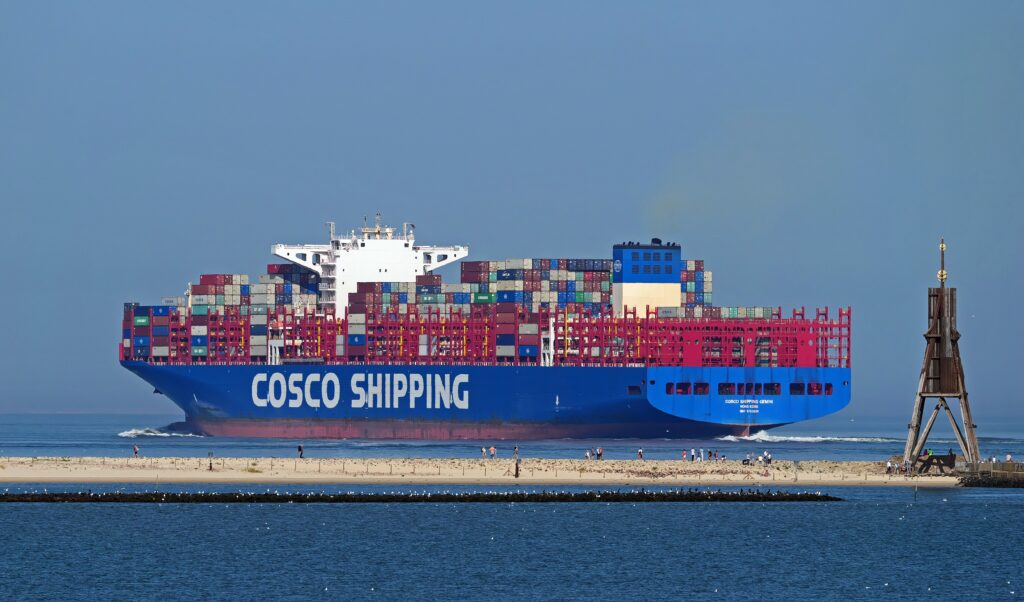Freight Rates Continue to Plummet Across All Routes!
Significantly impacted by the increase in shipping capacity, the latest Shanghai Containerized Freight Index (SCFI) released on the 19th dropped by 3.6%, falling to 3542.44 points. This marks the second consecutive week of decline, with the rate of decrease expanding. All four major long-haul routes to Europe and the United States experienced declines of over 1%. Notably, the West Coast route of the approximately 10 new or restored eastbound trans-Pacific routes has been particularly hard-hit, with a substantial weekly drop of 6.92%.

Industry experts in international logistics have pointed out that after a period of sharp increases, freight rates naturally undergo corrections. Factors such as the Red Sea crisis and the expiration of labor contracts on the U.S. East Coast at the end of the year remain crucial market influencers. Additionally, some shipping companies have opted to deploy smaller vessels on the U.S. West Coast routes to capture more cargo, further increasing capacity supply and significantly impacting freight rates over the past two weeks.
Senior management from freight forwarding and shipping companies have also disclosed that with the increase in additional sailings and the launch of new routes, freight rates on the U.S. West Coast routes have dropped from a peak of $8,500 on July 1 to the current range of $6,700 to $6,900. Similarly, rates on the U.S. East Coast routes have decreased from a peak of $10,400 to approximately $9,800. It is anticipated that freight rates will continue to decline next week, although the rate of decrease is expected to narrow.
According to statistical data from Alphaliner, 271 new ships were delivered globally in the first half of the year, with a total capacity of 1.68 million TEU. The second quarter marked the peak period for deliveries, with an average of 315,000 TEU delivered each month. As of now, the total global capacity has reached a record high of 30.266 million TEU. It is expected that an additional 1.49 million TEU of new capacity will be delivered in the second half of the year.
Industry insiders in freight forwarding emphasize that the high freight rates on European and American routes have attracted a large number of extra vessels entering the market, along with the launch of new route services to compete for cargo. These factors are the main reasons for the decline in freight rates. Particularly, the U.S. West Coast routes have been heavily impacted due to high vessel turnover rates, with spot market prices dropping to the $6,000 range, representing a cumulative decline of over $1,000.
Despite the easing of freight rates, the SCFI has only declined by 191.36 points, or 5.13%, over two consecutive weeks. Compared to the 13 consecutive weeks of increases from early April to early July, which saw a cumulative rise of 103%, shipping companies are still seeing substantial profits.






